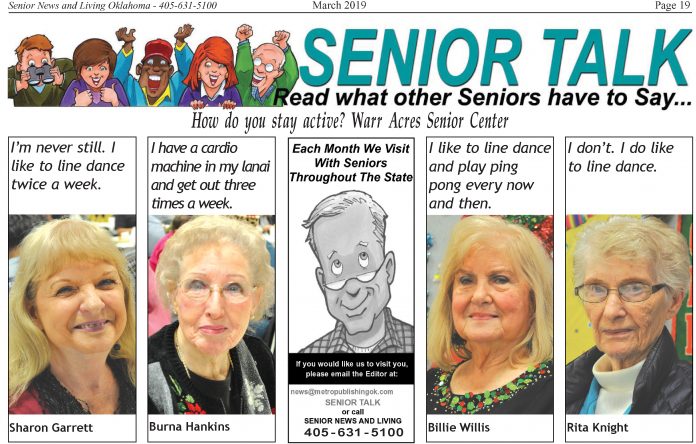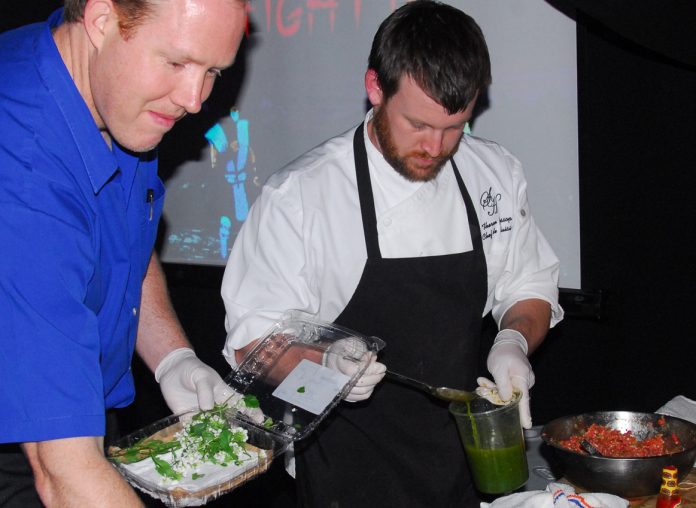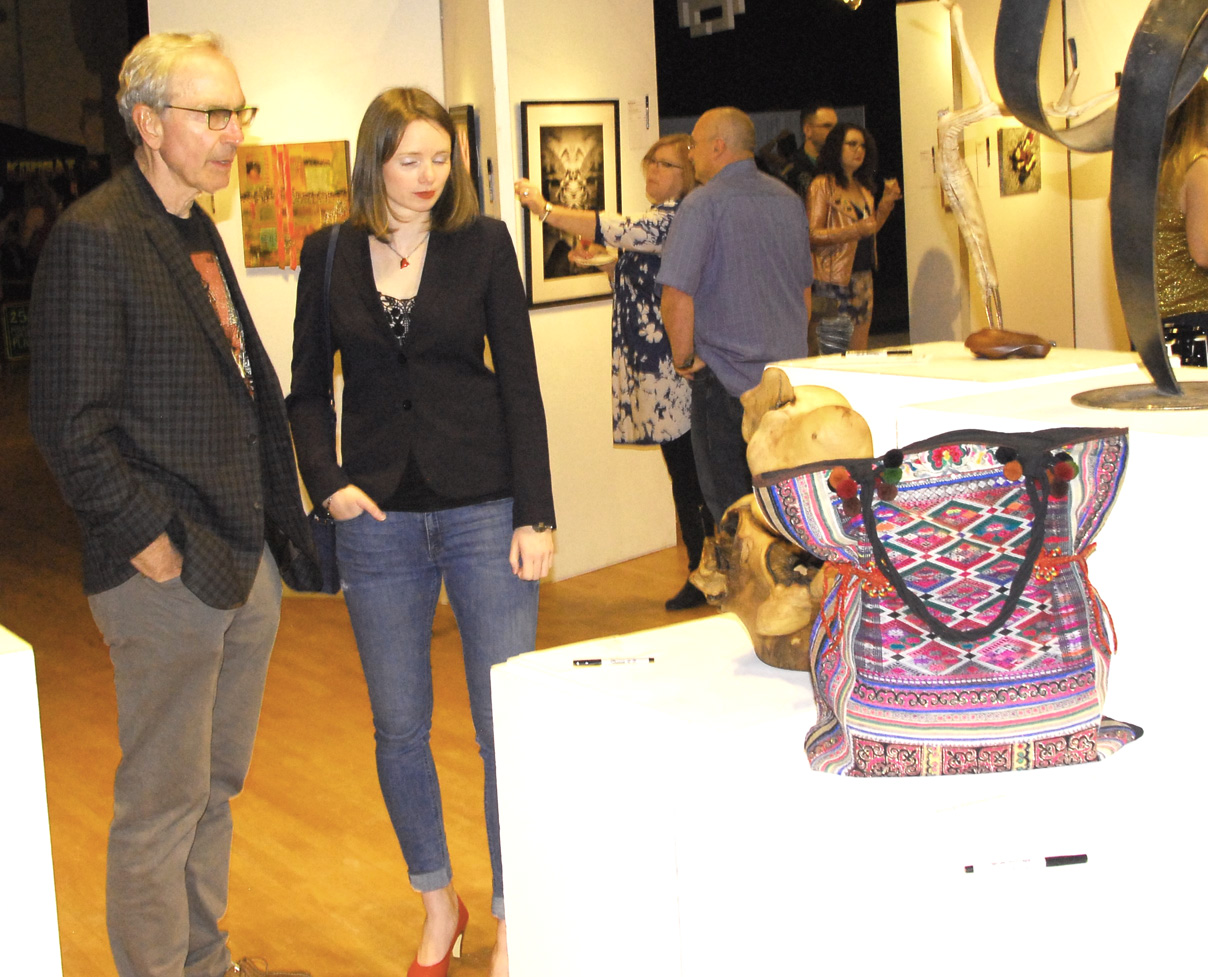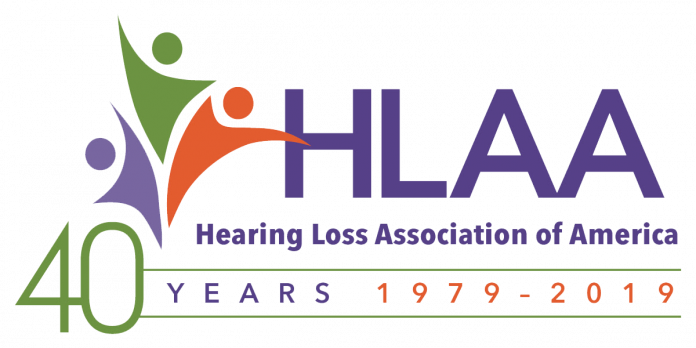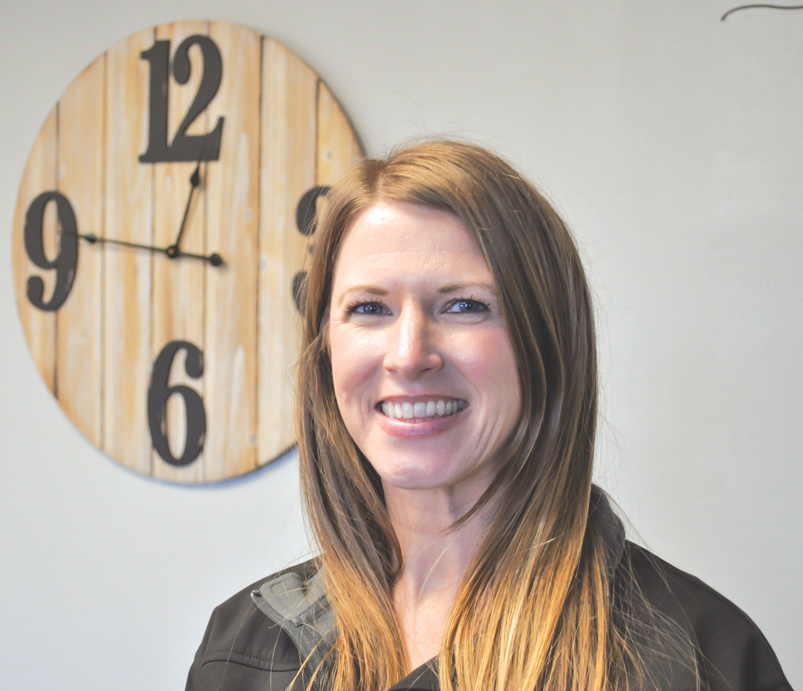by Corporal Kim Lopez, TRIAD Coordinator for all of Oklahoma County
Telephone scams, remember the good ole days when you just requested an unlisted number? Yes, those days are gone, I remember my parents saying, “this is an unlisted number” like all mankind would respect it. I’ve spent almost 33 years of my life dedicated to my community and as I look back on the good works of law enforcement officers of the past it’s laughable that we use to tell people “Just Hang Up!” this is no longer good advice. In today’s world you can no longer trust the caller ID boxes we worked so hard to hand out to seniors who couldn’t afford one. These scammers can use software to make calls look like they are coming from anywhere, even the pentagon. The first thing seniors need to understand is that other cultures believe that it is perfectly honorable, acceptable and smart to cheat others out of their money. Unlike our belief system here, they actually believe that they have harmlessly out smarted you to their benefit. There is no guilt associated with their actions to gain your money. The second thing to understand is that in other countries they believe every senior citizen is sitting on a huge three hundred thousand dollar nest egg! Hard to convince them otherwise when some people are sending over two hundred thousand dollars to crooks who promise to be someone they are not! Romance Scams, Solicitation Scams, Granny Scams and even IRS Scams require one thing, your cooperation!Telephone scams, remember the good ole days when you just requested an unlisted number? Yes, those days are gone, I remember my parents saying, “this is an unlisted number” like all mankind would respect it. I’ve spent almost 33 years of my life dedicated to my community and as I look back on the good works of law enforcement officers of the past it’s laughable that we use to tell people “Just Hang Up!” this is no longer good advice. In today’s world you can no longer trust the caller ID boxes we worked so hard to hand out to seniors who couldn’t afford one. These scammers can use software to make calls look like they are coming from anywhere, even the pentagon. The first thing seniors need to understand is that other cultures believe that it is perfectly honorable, acceptable and smart to cheat others out of their money. Unlike our belief system here, they actually believe that they have harmlessly out smarted you to their benefit. There is no guilt associated with their actions to gain your money. The second thing to understand is that in other countries they believe every senior citizen is sitting on a huge three hundred thousand dollar nest egg! Hard to convince them otherwise when some people are sending over two hundred thousand dollars to crooks who promise to be someone they are not! Romance Scams, Solicitation Scams, Granny Scams and even IRS Scams require one thing, your cooperation!I recently learned that some of my seniors in SALT (Seniors And Law enforcement Together) that they answer every call because they do not have voice mail, they feel more comfortable answering calls of their own area code and some even admitted feeling more comfortable if the prefix matched theirs. All are false, a gross false sense of security. Many are intended to provoke you to call a number. Many use sad emotional stories about one’s family being in fatal car accidents to entice you to make a call, unbeknownst to an adult entertainment network overseas. All will come at a cost and all will have one common dominator: A SENSE OF EMERGENCY! In regard to IRS Scams, it’s important to understand that the IRS will notify you in writing should you need to be notified of lack of payment. Criminal warrants are usually threatened that do not exist. If you know anyone who hangs their head at owing the IRS money and you feel they could be scammed, share this sage advice:1. Do not answer your phone unless you are certain of the caller.2. Never give any numbers associated with your financial well-being.3. Never call numbers back. Make a note of the number they are calling from and make a note of the number they want you to call back as many times these are different. Report these numbers to the IRS. These reports should be handled as IRS Impersonation Scams, report all of them to 1-800-366-4484 or complete a form online at WWW.tigta.gov. If you do owe money for federal taxes or think you may owe taxes call 1-800 829-1040 IRS workers can help you with payment questions.Remember the IRS will never call to demand immediate payment, they will never demand you pay taxes without giving you opportunity to question or appeal and you will never be required to use a specific payment method such as prepaid debit cards.We currently hold 19 key core community groups about topics such as IRS Scams and many more. Get involved with local police and your Oklahoma County Sheriff’s office by calling 405-713-1950 and leaving your address, I will send you a reminder call every month to the Seniors And Law enforcement or SALT group near you. SALT works to prevent crimes against the 65 plus population and holds monthly meetings to be more accessible to you should you have questions or crime concerns. I am Corporal Kim Lopez, TRIAD Coordinator for all of Oklahoma County and I look forward to meeting you.




